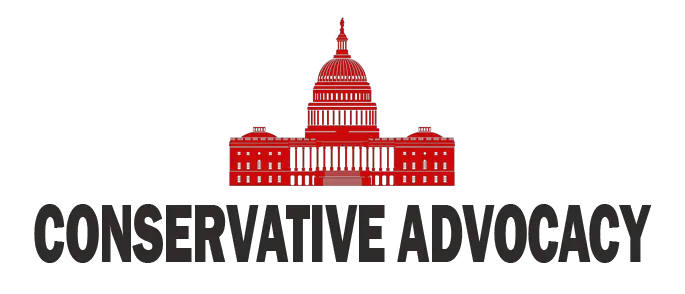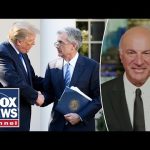In the ever-shifting world of economics, the spotlight is shining brightly on the Dow Jones Industrial Average. One moment it’s up, the next it’s down, and it’s been giving investors a thrilling rollercoaster ride. Recently, a conversation on a leading conservative news channel caught the attention of many as Kevin Hassett, the Director of the National Economic Council, shared insights about the current state of the economy and what might lie ahead for financial markets.
One of the standout points from Hassett was the impressive GDP release marking a significant moment for the economy. With the Gross Domestic Product climbing to a solid 3%, and inflation rates dropping to a comforting 2.1%, Hassett described it as a “beautiful day in economic data land.” While some folks may have been expecting doom and gloom—predicting rising inflation and a possible recession—the reality has painted a different picture. The administration is seeing success through supply-side economics, which has resulted in growth without the inflationary pressures many feared. When there’s more supply, prices go down, and that’s music to the ears of American families everywhere.
However, there’s a palpable sense of anticipation about the Federal Reserve’s next move, especially regarding interest rates. Hassett maintained respect for the Fed’s independence but suggested that the data may align with a decision to cut rates. If the Federal Reserve does decide to lower rates, it could be a monumental shift that makes a positive impact on everyday Americans. Homeownership is an ongoing struggle for many, with the average age of first-time homebuyers reaching 41 due to high prices. Lower interest rates could ease this burden, making it easier for families to secure mortgages without breaking the bank.
The conversation also hinted at a potential shake-up within the Federal Reserve itself. There has been buzzing speculation over the possibility of Hassett himself being considered to take over as chair. While he humorously dismissed any notions reminiscent of a talent show like “The Apprentice,” the reality is that each candidate, including the current chair, Jerome Powell, carries their own policy preferences. Many economists believe Powell has been slow to act, and if the Fed does start to align with the data, there could be a wave of relief washing over the markets.
As the Federal Reserve prepares for its decision, the question looms: what happens next? Market indicators suggest they are banking on a rate cut during the upcoming meeting. If the Fed acts proactively, investors are likely to be reassured that policymakers are finally responding to economic data rather than political pressures. A positive response from the markets could usher in an era of renewed faith in economic stability.
In summary, the economic landscape is experiencing a fascinating chapter, with robust growth figures and a significant drop in inflation marking a period of potential prosperity. The conversation led by Hassett acknowledges the risks that come with delay in Fed actions, and with every eye on the Federal Reserve’s next steps, it seems the true test of the economy’s resilience is just around the corner. Whether the markets will stabilize, soar, or face further uncertainty, one thing is for sure: the stakes are high, and all eyes are on the Fed to guide the way.




